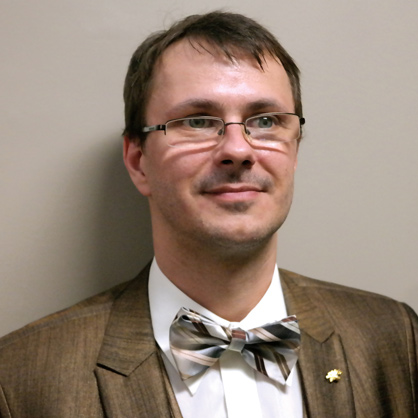About Nikodem
Nikodem Poplawski is interested in general relativity, analytical mechanics, and classical/quantum
field theory. His research focuses on how gravity with spin and torsion can solve fundamental problems
in cosmology. He proposed that torsion causes the formation of a new universe through
a big bounce in every black hole and that our Universe is the interior of a black
hole existing in another universe. This scenario was listed by National Geographic
and Science magazines among their top ten discoveries of 2010. Dr. Poplawski also
appeared in Curiosity on Discovery Channel, in an episode hosted by Morgan Freeman:Parallel Universes – Are They Real?
To find out more about Nikodem Poplawski, visit his website at https://math.newhaven.edu/~npoplawski/
